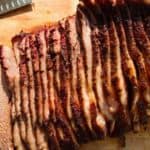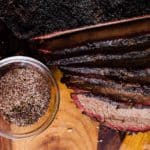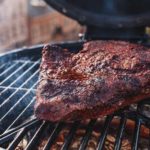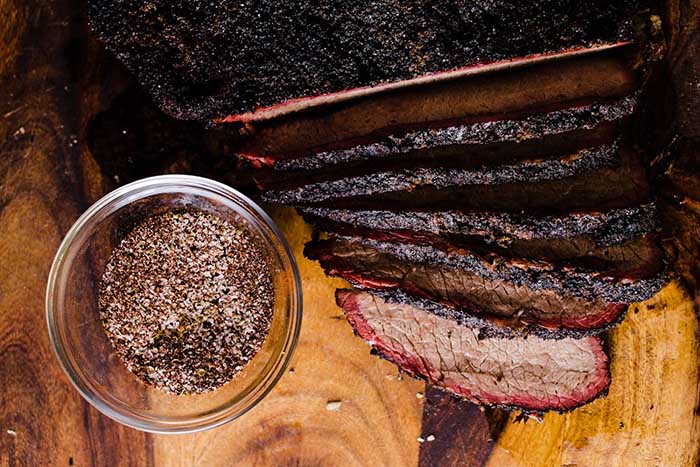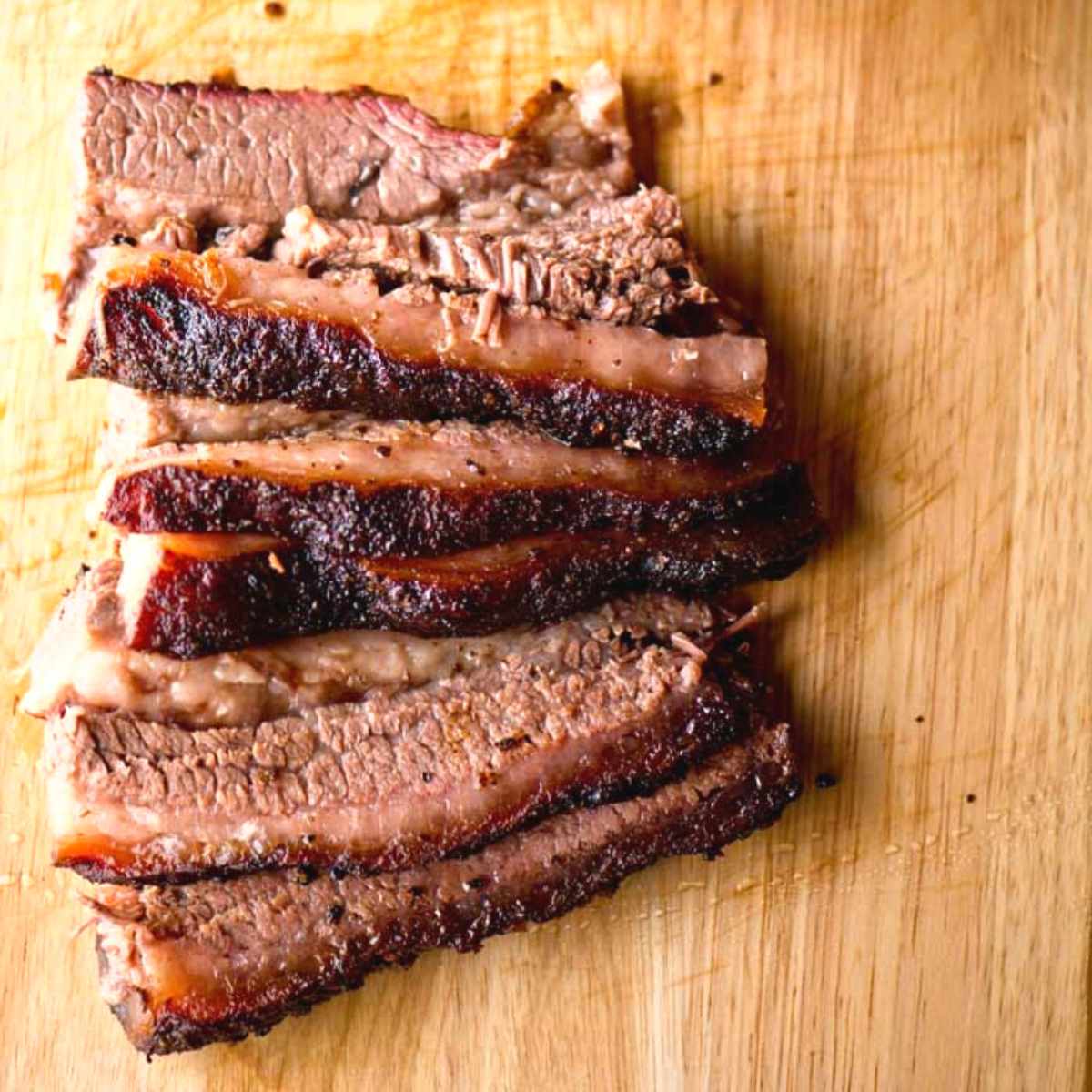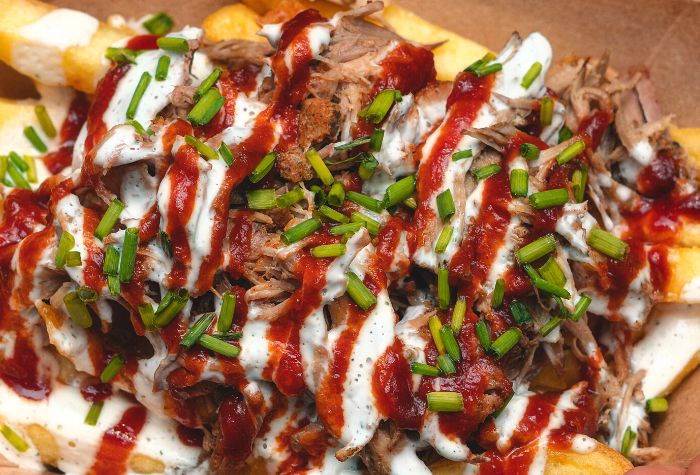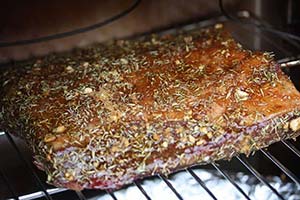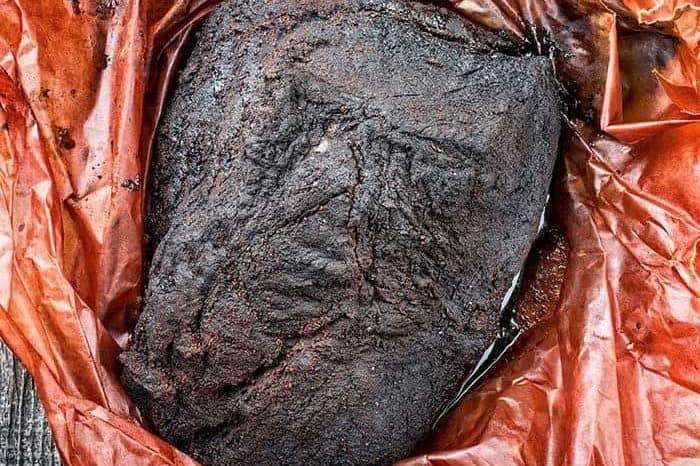Everything you need to know about Prime, Choice and Select brisket grades. Discover how marbling, age and texture impact the quality of your smoked brisket with our complete beef grading guide.
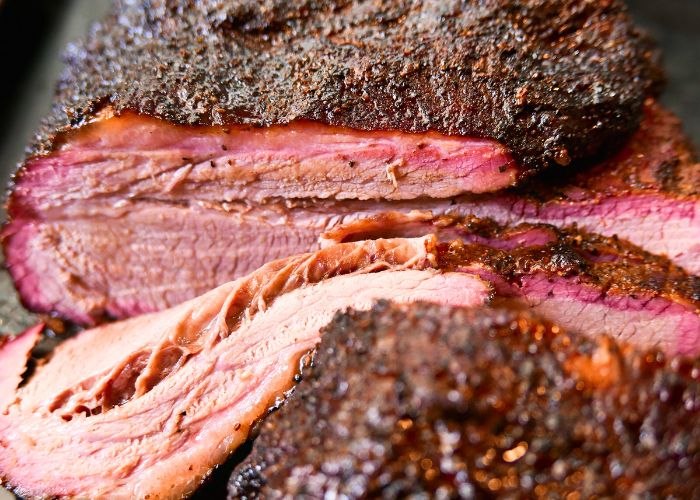
What sets a good brisket apart? You might say that time on the smoker, the presence or absence of a dry rub, or incredible juiciness makes a difference. All these things matter, but plenty of people forget a critical element: the quality of the raw beef itself.
If you’re an experienced pitmaster, you might be able to pick out a great brisket on your own. But to help out the average BBQ fan, the USDA has a meat grading system. Separate from food safety inspection, this system is all about the quality of the meat itself.
Here’s what you need to know to help you choose your next beef brisket.
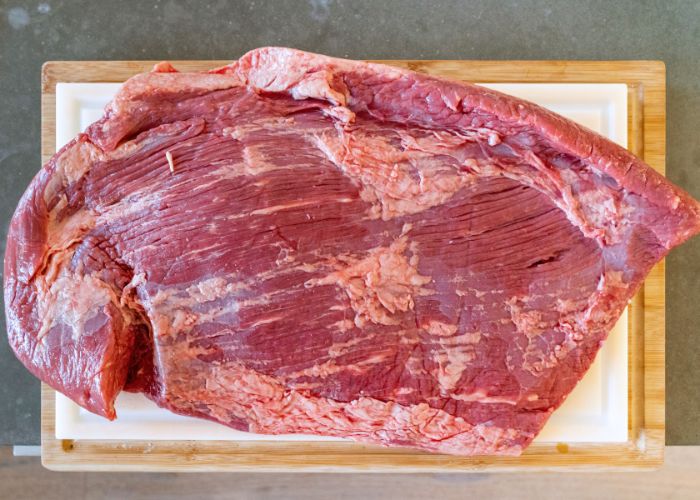
Understanding Meat Grading
There are several different meat grading systems around the world. In this article, we’ll primarily be focusing on the United States Department of Agriculture (USDA) system used in the US. The USDA inspects beef and assigns the meat a grade.
The grade is based on the overall quality of muscle tissue, the presence (or absence) of quality fat marbling, and the steer’s age. There are eight different grades, but most commercially available individual cuts (like brisket) can only be found in the top three grades.
Many other countries have similar grading systems. For example, the Canadian Beef Grading Agency (CBGA) can assign carcasses a grade of Prime, AAA, AA, or A, with Prime being the highest quality and A being the lowest.
In Australia, there are a couple of different grading systems. The traditional one, AUS-MEAT, is pretty straightforward. Meat is graded from 0-9. A score of 0 means there is no marbling, while a score of 9 means there’s plenty of it.
However, the newer Meat Standards Australia (MSA) system is now more popular. The system evaluates meat and gives it a grade from 100 (poorer quality) to 1190 (best quality). Quality meat earns a star rating from MSA. MSA 5-Star meat is the best, MSA 4-Star is premium quality, and MSA 3-Star is decent quality (much like Select meat in the US).
Different Grades of Brisket
If you visit a butcher or your local supermarket in search of your next brisket, you’ll probably see several different labels showing the grade of beef. To the uninitiated, it can be hard to tell which grades are the highest quality, as the names aren’t exactly clear.
Ultimately, when it comes to grading brisket, there are three main criteria:
- Marbling: The best briskets have a moderate amount of marbling — enough to make the meat juicy but not so much that the connective tissue makes it tough.
- Age: Meat from cattle that are 9-30 months old tends to be the best quality.
- Texture: The best briskets are very tender compared to the competition.
Below, we’ve included a breakdown of the different grades of brisket (from highest quality to lowest quality) and what they look like.
USDA Prime
Prime is as good as it gets. Briskets graded this way have abundant marbling. But if you look closely, the “veins” of fat aren’t overly thick. Thicker lines of fat might seem juicy and appealing, but they come with tough connective tissue. With thinner lines and flecks of fat within the lean meat, you get lots of juiciness and flavor without too much toughness.
These briskets will also feel softer or more tender. As you might guess, they tend to be very expensive. But if you’ve ever tasted a well-prepared Prime brisket, you understand why!
USDA Choice
USDA Choice brisket is a great middle-ground grade for everyday backyard smoking (and even competitions). It’s not quite as high-quality as Prime, but its tender texture and decent marbling make it almost as delicious. However, it tends to be considerably less expensive.
Most butchers and grocery stores carry Choice meats, so a Choice brisket should be pretty easy to find. Even among Choice briskets, some are clearly of higher quality than others, so look carefully!
USDA Select
Select briskets don’t have a lot of marbling, and they tend to be less tender than Choice or Prime. Because marbling is relatively minimal, keeping a Select brisket moist throughout the cook is very difficult. If you’re on a budget, this grade is okay, but if you can, you’re much better off going with a Choice brisket.
Other Brisket Grades
Generally, Prime, Choice, and Select are the only brisket grades you’ll find in stores. These are the top three USDA grades, and most butcher shops and stores don’t offer anything lower. However, the USDA does have lower beef grades:
- Standard
- Commercial
- Utility
- Cutter
- Canner
These grades are almost always used to produce ground beef or various kinds of processed meat products. They’re fine for this purpose, but because they’re often less tender (and have a lot less marbling) than higher grades, they aren’t ideal for producing brisket, steaks, etc.
Choosing the Right Brisket Grade for Barbecue
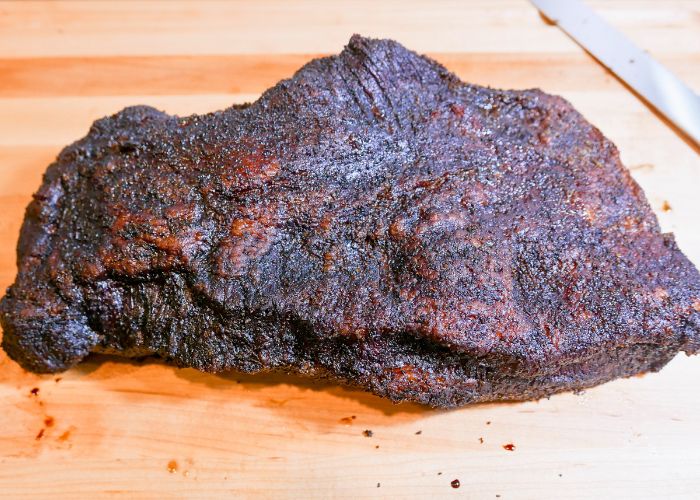
So what’s the best grade for barbecue? As you might have guessed, with all other things being equal, a Prime brisket will almost always be better than a Choice or Select one. But poor smoking technique can ruin even the best brisket, so grade is far from the only thing that matters.
There are some quality variations even within the same grade. Even if you have your heart set on getting a Prime or Choice brisket, it helps to know what to look for so you can choose the best one of the bunch:
- If the brisket is wrapped in Cryovac or vacuum-packed, hold it at one end and see if it bends slightly. If it does, it means the meat is more tender.
- Look for ample fat marbling through bright red muscle tissue.
- Avoid very thick veins or patches of fat, as they tend to come with a lot of tough connective tissue.
- Choose one with a relatively small fat cap. When you pay by the pound, you’re paying for the fat, too — and you don’t want to pay for something you’ll (mostly) just trim away!
- Look for a flat with even thickness. If some areas are much thinner than others, you’ll have a hard time cooking the thicker parts without burning the thinner parts.
- Don’t be afraid of choosing a larger brisket. Larger cuts are often more moist right off the smoker, and you can always vacuum seal and freeze any portion you don’t immediately eat.
As you’ve probably already discovered, there’s plenty of friendly disagreement in the world of barbecue. But the general consensus on choosing grades seems to be this: get Prime if you can comfortably afford it, but Choice will still deliver a high-quality finished product. Avoid Select if you can!
That said, if you really know what you’re doing (and are great at keeping brisket moist and flavorful), you might be able to get your money’s worth and then some out of a Select brisket. If you’re confident in your skills and want to save a few dollars, it’s worth trying.
Impact of Brisket Grade on Cooking
If you’re smoking a brisket, the cooking process is largely the same regardless of grade. But there are a few differences you should keep in mind.
You already know that brisket is best cooked low and slow. But if you’re cooking a grade without a whole lot of marbling (like a Choice or Select), you often need to cook it even slower and lower than a highly-marbled cut. That’s because cuts without much marbling tend to need more time to become tender.
This poses a problem, though — cuts with less marbling already aren’t as juicy, and cooking longer may make them dry out. If you have a leaner-looking brisket, consider wrapping it during the second part of the cooking (sometimes known as ‘the Texas Crutch’) to help it better retain moisture. It might not make it as moist as a Prime brisket, but it will probably help!
Price vs. Quality
The exact cost difference between grades may vary depending on where you live. A Prime brisket will often be a few dollars more expensive per pound than Choice. That might not sound like much, but considering how heavy even “small” briskets are, that price difference per pound adds up.
Generally, the price difference between Choice and Select is slightly more dramatic, but so is the quality difference. You can often find Choice briskets whose marbling quality approaches that of Prime, but you don’t usually see Select briskets approaching Choice quality.
Why Grades Matter
Even if you’re pretty good at picking out a quality brisket on your own, it always helps to have an expert opinion to back you up. After all, if you’re buying a vacuum-sealed brisket, it’s hard to evaluate the texture of the meat without opening the seal. And if you want to create an unforgettable dining experience for your friends, family, or even just yourself, a top-graded brisket helps ensure you’ll deliver.
